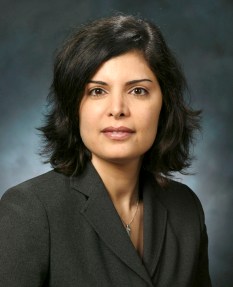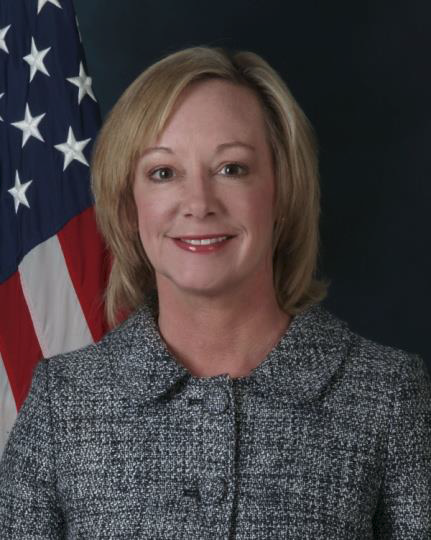2016 International Conference on Social Computing, Behavioral-Cultural Modeling & Prediction and Behavior Representation in Modeling and Simulation
June 28 - July 1, 2016, UCDC Center, Washington DC, USA

Dr. Alex Levis
Professor of Electrical, Computer and Systems Engineering at George Mason University - Fairfax, VA
Alexander H. Levis is University Professor of Electrical, Computer, and Systems Engineering and heads the System Architectures Laboratory in the Volgenau School of Engineering, George Mason University, Fairfax, VA. From 2001 to 2004 he served as the Chief Scientist of the U.S. Air Force at the Pentagon. He was educated at Ripon College where he received the AB degree (1963) in Mathematics and Physics and then at MIT where he received the BS (1963), MS (1965), ME (1967), and Sc.D. (1968) degrees in Mechanical Engineering with control systems as his area of specialization. For the last fifteen years, his areas of research have been architecture design and evaluation, resilient architectures for command and control, and multi-formalism modeling to address strategic issues.
Dr. Levis is a Life Fellow of the Institute of Electrical and Electronic Engineers (IEEE) and past president of the IEEE Control Systems Society; a Fellow of the American Association for the Advancement of Science (AAAS), a Fellow of the International Council on Systems Engineering (INCOSE), and an Associate Fellow of the American Institute of Aeronautics and Astronautics (AIAA). He served for many years on a panel of the USSTRATCOM Senior Advisory Group, on the Board of Directors of the Educational Foundation of AFCEA and the Systems Engineering Advisory Board of the US Military Academy. He recently completed his term serving on the Advanced Technology Board of the Office of the Director of National Intelligence and on the Homeland Security Science and Technology Advisory Committee, He has received three times the Exceptional Civilian Service medal from the Air Force (1994, 2001, 2004) and the Meritorious Civilian Service medal (2008) for contributions as a member of the Air Force Scientific Advisory Board and as Chief Scientist. He has also received the Air Force Chief's Medallion and the Third Millennium medal from IEEE. In 2005 he received the Enduring Achievement award from the C2 Research Program of the Office of the Assistant Secretary of Defense (NII) and in 2008 the Distinguished Alumnus Citation from Ripon College.
Talk title: Multi-Formalism Modeling of Complex Strategic Problems
Abstract: The modeling of complex strategic problems often requires development and interoperation of a set of several models. Each model, developed using different formalisms or modeling languages, offers unique insights and makes specific assumptions about the problem being modeled, its participating entities such as human organizations and the means of communication and processes they use. Interoperation of such models can produce a more robust modeling and simulation capability to support analysis and evaluation of strategic issues such as deterrence or the use of cyber exploits. Meta-modeling analysis based on Concept Maps and Ontologies helps identify what types of interoperation are valid between models expressed in different formalisms. The approach is illustrated through examples focusing on the use of several types of models and their use in evaluating functional and non-functional measures such as resilience.

Tina Eliassi-Rad
Associate Professor of Computer Science at Northeastern University - Boston, MA
Tina Eliassi-Rad is an Associate Professor of Computer Science at Northeastern University in Boston, MA. She is also on the faculty of Northeastern's Network Science Institute. Prior to joining Northeastern, Tina was an Associate Professor of Computer Science at Rutgers University; and before that she was a Member of Technical Staff and Principal Investigator at Lawrence Livermore National Laboratory. Tina earned her Ph.D. in Computer Sciences (with a minor in Mathematical Statistics) at the University of Wisconsin-Madison. Her research is rooted in data mining and machine learning; and spans theory, algorithms, and applications of sizable data from networked representations of physical and social phenomena. Tina's work has been applied to personalized search on the World-Wide Web, statistical indices of large-scale scientific simulation data, fraud detection, mobile ad targeting, and cyber situational awareness. Her algorithms have been incorporated into systems used by the government and industry (e.g., IBM System G Graph Analytics) as well as open-source software (e.g., Stanford Network Analysis Project). In 2010, she received an Outstanding Mentor Award from the Office of Science at the US Department of Energy. For more details, visit http://eliassi.org.
Talk title: So Many Choices, So Few Guidelines: Sifting through Functions on Networks
Abstract: I will present a theoretical approach and an empirical framework for choosing between some popular functions on networks. (1) Measuring tie-strength: Given a set of people and a set of events attended by them, how should we measure connectedness or tie strength between each pair of persons? The underlying assumption is that attendance at mutual events produces an implicit social network between people. I will describe an axiomatic solution to this problem. (2) Network similarity: Given two networks (without known node-correspondences), how should we measure similarity between them? This problem occurs frequently in many real-world applications such as transfer learning, re-identification, and change detection. I will present a guide on how to select a network-similarity method.

Pamela I. Blechinger
Director, U.S. Army Training and Doctrine - Command Analysis Center (TRAC) - Fort Leavenworth, Kansas
Appointed to the Senior Executive Service in August 2005, Ms. Pamela I. Blechinger leads the analysis mission of the U.S. Army Training and Doctrine Command (TRADOC) and serves as the Director of the TRADOC Analysis Center (TRAC), headquartered at Fort Leavenworth, Kansas. As Director of TRAC, Ms. Blechinger leads over 400 military and civilian analysts and contractors at four locations in the United States. The TRAC mission is to produce the operations analysis to inform decisions about future concepts for doctrine and training, design of future organizations for the operating force, and requirements for new capabilities leading to force modernization.
Throughout her career, Ms. Blechinger has served in a variety of analytic positions, including Director of Operations, TRAC at White Sands Missile Range (TRAC-WSMR) and Director of Operations, TRAC at Ft. Leavenworth (TRAC-FLVN). She also led TRAC's support to Army experimentation and served as an ORSA at the U.S. Army JFK Special Warfare Center and School at Fort Bragg, NC. Ms. Blechinger is currently serving as the TRADOC career program manager for CP-36 (Analysis, Modeling and Simulation).
In 2009, Ms. Blechinger was conferred with the rank of Meritorious Executive in the Senior Executive Service for sustained superior accomplishment in management of programs and for her noteworthy achievement of quality and efficiency in public service. She is also a frequent speaker on topics regarding civilian workforce development.
A 1984 graduate of Missouri State University in Springfield, MO, she also holds Master of Science degrees from Purdue University and the United States War College. She resides in Parkville, MO with her daughter, who is attending the University of Missouri (Columbia).
Talk title: Models and Simulations in support of Army Acquisition
Abstract: The U.S. Army Training and Doctrine Command (TRADOC) Analysis Center (TRAC) serves as the principal analytical organization for TRADOC. TRAC’s analyses informing major Army acquisition decisions often rely on models and simulations (M&S) to represent the operational environment and assess the impacts of materiel alternatives. TRAC-developed M&S are the standard within the Department of Defense for modeling the operational environment to support analyses at the tactical and operational levels. This presentation will highlight the use of three TRAC models – Advanced Warfighting Simulation, Combined Arms Analysis Tool for the 21st Century, and Logistics Battle Command – to support TRAC studies that underpinned major Army acquisition decisions.